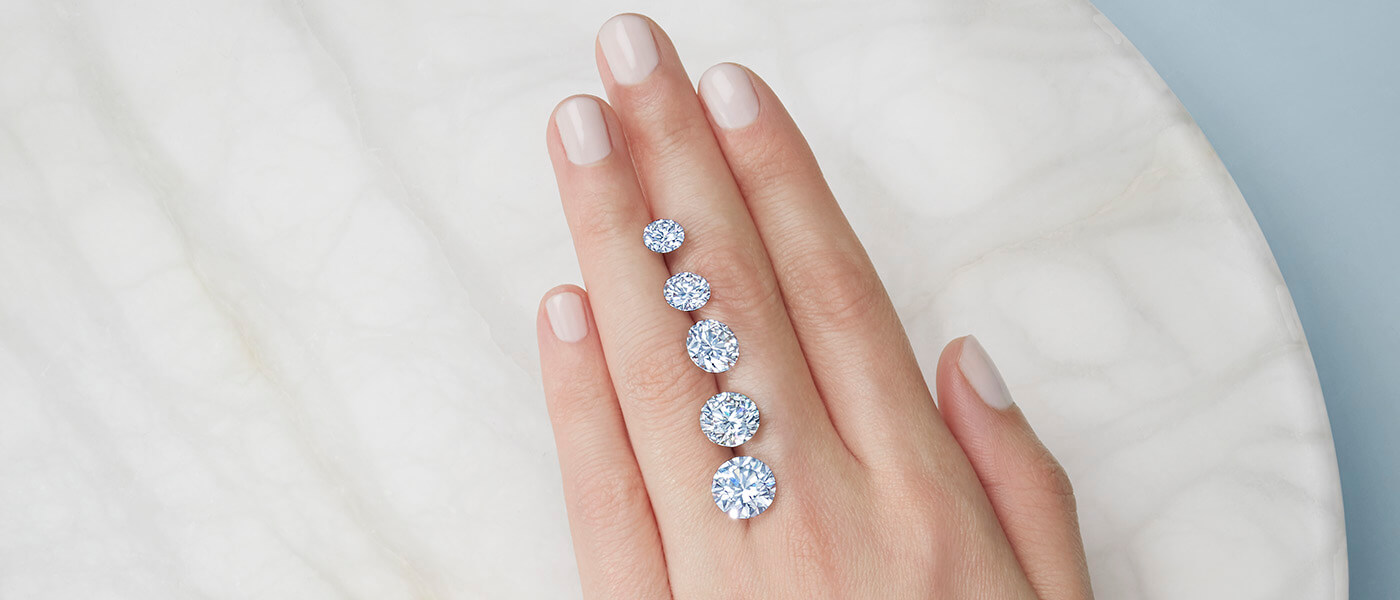
Understanding Blood Diamonds and Lab-Made Diamonds
Blood diamonds and lab-made diamonds are terms that have grown in significance in recent years due to ethical, environmental, and technological advancements. These two types of diamonds represent very different paths for diamond production, and it’s crucial to understand the differences, implications, and benefits of each. This article explores what blood diamonds are and delves into the rising popularity of lab-made diamonds, providing insights into their impact on the diamond industry.
Table of Contents
ToggleWhat Are Blood Diamonds?
Blood diamonds, often referred to as conflict diamonds, are diamonds that are mined in war zones and sold to finance armed conflict against governments. These diamonds are typically associated with human rights violations, such as forced labor, child labor, and exploitation. They often come from regions where rebels control the diamond trade, using the proceeds to fund their violent campaigns. The term “blood diamond” emerged in the late 20th century when global attention turned to the trade in conflict diamonds, especially from countries like Sierra Leone, Angola, and the Democratic Republic of Congo.
The trade of blood diamonds has been condemned worldwide, leading to the establishment of the Kimberley Process Certification Scheme in 2003. This initiative aimed to eliminate the flow of conflict diamonds by requiring that all diamonds traded internationally be certified as conflict-free. Despite these efforts, the problem persists, and the term “what are blood diamonds” remains relevant when discussing the ethics of the diamond industry today.
The Ethical Dilemma of Blood Diamonds
The presence of blood diamonds in the market has raised significant ethical concerns. Diamonds that are mined in war zones and used to fund conflicts often come at a high human cost. Many workers in these areas are subjected to dangerous working conditions, violence, and even death. As consumers become more aware of these issues, there is growing pressure on the diamond industry to ensure that diamonds are sourced responsibly.
Consumers who are aware of what blood diamonds are often seek alternatives that ensure their purchase doesn’t contribute to human suffering or conflict. The demand for ethically sourced diamonds has prompted the industry to explore more sustainable and responsible practices. This growing awareness has led to a shift in consumer behavior, with many opting for alternatives to blood diamonds, such as lab-made diamonds.
What Are Lab-Made Diamonds?
Lab-made diamonds, also known as synthetic or man-made diamonds, are diamonds that are created in a laboratory setting rather than being mined from the earth. These diamonds are chemically, physically, and optically identical to natural diamonds, but they are produced through technological processes that mimic the conditions under which natural diamonds form.
There are two primary methods of creating lab-made diamonds: High Pressure High Temperature (HPHT) and Chemical Vapor Deposition (CVD). HPHT involves subjecting carbon to extreme pressure and temperature to mimic the natural process of diamond formation. CVD, on the other hand, uses a gas mixture to deposit carbon atoms onto a substrate, slowly growing the diamond layer by layer. Both methods result in diamonds that are indistinguishable from their natural counterparts, and they have been gaining popularity as an ethical alternative to blood diamonds.
Advantages of Lab-Made Diamonds
Lab-made diamonds offer several benefits that appeal to consumers who are concerned about the ethical implications of their diamond purchases. One of the primary advantages is that lab-made diamonds are conflict-free, addressing the issue of blood diamonds directly. Since these diamonds are not mined from conflict zones, they do not fund violence or exploitation, making them a more responsible choice for consumers.
In addition to being ethically sourced, lab-made diamonds are often more affordable than natural diamonds. The cost of producing lab-made diamonds is typically lower than the cost of mining natural diamonds, allowing consumers to purchase a high-quality diamond at a more reasonable price. Furthermore, lab-made diamonds have a smaller environmental impact compared to traditional diamond mining, which can cause significant environmental degradation and habitat destruction.
The Rise of Lab-Made Diamonds
The increasing popularity of lab-made diamonds can be attributed to several factors. As awareness of what blood diamonds are grows, consumers are becoming more conscientious about their purchasing decisions. Lab-made diamonds offer an ethical and environmentally friendly alternative to mined diamonds, which has resonated with many people looking to make more responsible choices.
Furthermore, the advancements in technology have made the production of lab made diamonds more efficient and accessible. As technology continues to improve, the quality of lab-made diamonds is expected to increase, making them even more desirable to consumers. Many well-known jewelry brands have already started to offer lab-made diamonds as an alternative to natural diamonds, further driving the trend.
The Future of Blood Diamonds and Lab-Made Diamonds
Looking ahead, the future of blood diamonds and lab-made diamonds seems to be leaning towards a more ethical and sustainable approach to diamond production. While the fight against blood diamonds continues, the growth of the lab-made diamond industry offers a promising solution to the ethical dilemmas associated with diamond mining. As technology improves and consumer demand for ethically sourced diamonds increases, lab-made diamonds may become the preferred choice for many.
The question of what blood diamonds are will likely remain an important topic in the discussions surrounding the diamond industry. However, the increasing shift towards lab-made diamonds may eventually lead to a future where blood diamonds are no longer a significant issue. By choosing lab-made diamonds, consumers can help shape a more ethical and sustainable diamond market that no longer relies on the exploitation and violence associated with blood diamonds.
In conclusion, understanding what blood diamonds are and how they differ from lab-made diamonds is essential for consumers who want to make informed decisions. While blood diamonds represent the darker side of the diamond trade, lab-made diamonds offer a promising alternative that is both ethical and environmentally friendly. The rise of lab-made diamonds signals a shift towards a more responsible and sustainable future for the diamond industry.
More Stories
18ct Rose Gold and Man-Made Diamonds: The Perfect Modern Luxury
The world of fine jewelry is constantly evolving to embrace innovation, ethical practices, and contemporary aesthetics. Two of the most...
CVD vs HPHT: Comparing the Two Leading Methods of Lab-Grown Diamond Creation
Lab-grown diamonds have disrupted the traditional diamond industry by offering a sustainable, ethical, and chemically identical alternative to natural stones....
The Ultimate Guide to Beauty: Tips, Trends, and Skincare Secrets
1. Skincare: The Foundation of Beauty Healthy, radiant skin is the cornerstone of any beauty regimen. Skincare is all about...
Best Dress Deals in the UK: Top Discounts and Offers for 2025
1. Introduction to the Best Dress Deals in the UK Shopping for dresses in the UK doesn’t have to mean...
The Ultimate Guide to Starting an Online Clothing Store: Tips, Strategies, and Best Practices
1. Why Start an Online Clothing Store? The fashion industry is one of the largest in the world, valued at...
The Ultimate Guide to Shopping at an Online Clothing Store in 2025
1. Why Shop at an Online Clothing Store? Shopping at an online clothing store has numerous benefits that make it...








